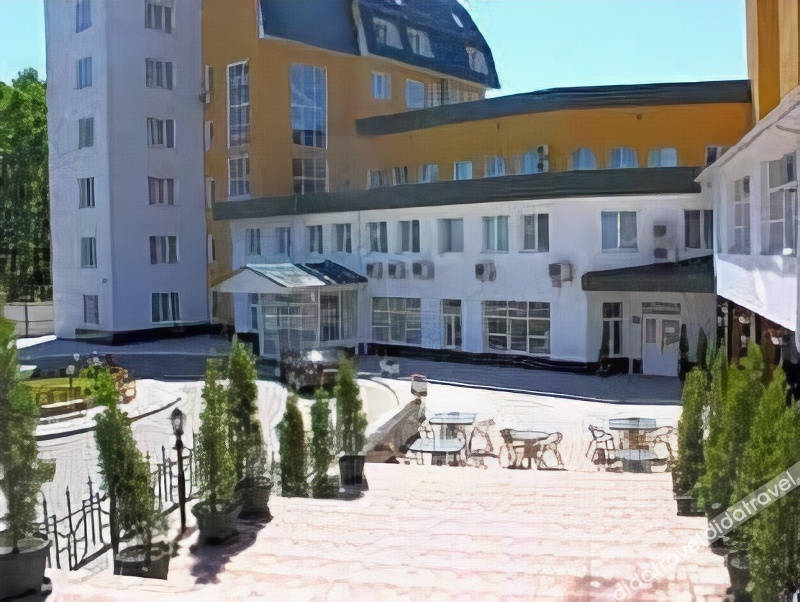Find hotels in Kiev
Lowest prices detected by AI for hotels
Best
Cheapest
Star Ratings
AI Recommended
Best Hotels In Kiev
Cheapest Hotel Deals in Kiev
Top Rated Hotels
5 Star Hotels in Kiev
4 Star Hotels in Kiev
3 Star Hotels in Kiev
AI-recommended Destinations
Where to stay in Kiev
More About Kiev
“The center of Slavic culture”
Kiev ( KEE-ef, -ev) or Kyiv (Ukrainian: Київ, translit. Kyiv [ˈkɪjiu̯] ( listen); Russian: Киев, translit. Kiyev [ˈkʲi(j)ɪf]; Old East Slavic: Кыѥвъ, translit. Kyjev) is the capital and largest city of Ukraine, located in the north central part of the country on the Dnieper. The population in July 2015 was 2,887,974 (though higher estimated numbers have been cited in the press), making Kiev the 7th most populous city in Europe.Kiev is an important industrial, scientific, educational, and cultural centre of Eastern Europe. It is home to many high-tech industries, higher education institutions, and world-famous historical landmarks. The city has an extensive infrastructure and highly developed system of public transport, including the Kiev Metro.
The city's name is said to derive from the name of Kyi, one of its four legendary founders (see Name, below). During its history, Kiev, one of the oldest cities in Eastern Europe, passed through several stages of great prominence and relative obscurity. The city probably existed as a commercial centre as early as the 5th century. A Slavic settlement on the great trade route between Scandinavia and Constantinople, Kiev was a tributary of the Khazars, until seized by the Varangians (Vikings) in the mid-9th century. Under Varangian rule, the city became a capital of the Kievan Rus', the first East Slavic state. Completely destroyed during the Mongol invasion in 1240, the city lost most of its influence for the centuries to come. It was a provincial capital of marginal importance in the outskirts of the territories controlled by its powerful neighbours; first the Grand Duchy of Lithuania, followed by Poland and Russia.The city prospered again during the Russian Empire's Industrial Revolution in the late 19th century. In 1917, after the Ukrainian National Republic declared independence from the Russian Empire, Kiev became its capital. From 1921 onwards Kiev was a city of the Ukrainian Soviet Socialist Republic, which was proclaime
 Time UTC+03
Time UTC+03 Currency UAH
Currency UAH Languages Ukrainian, Russian, Romanian, Polish, Hungarian
Languages Ukrainian, Russian, Romanian, Polish, HungarianWhat’s Special about Staypia?
Compare hotel prices in real-time
AI finds you the lowest price for hotels in Kiev.
Lowest price for 3.16M hotels worldwide
Book with up to 31% extra discounts only for Staypia members.
Travel bucket list for Kiev
Plan your trip with over 17K 'must see' recommendations for Kiev
Frequently Asked Questions
The best 5 star hotels in Kiev are Premier Palace Hotel, 11 Mirrors Design Hotel, Fairmont Grand Hotel Kyiv. Search for the most highly rated hotels in Kiev
Generally, room reservations are subject to a free refund until the cancellation deadline. Fees may apply after the cancellation deadline, so please check the cancellation deadline on your hotel voucher or in Menu > My Reservation.
If you’re a frequent traveler, Staypia is the best place to get the best hotel deals. You can book hotels with the lowest price of 3.16 million hotels collected by AI, and receive additional discounts for members only.










